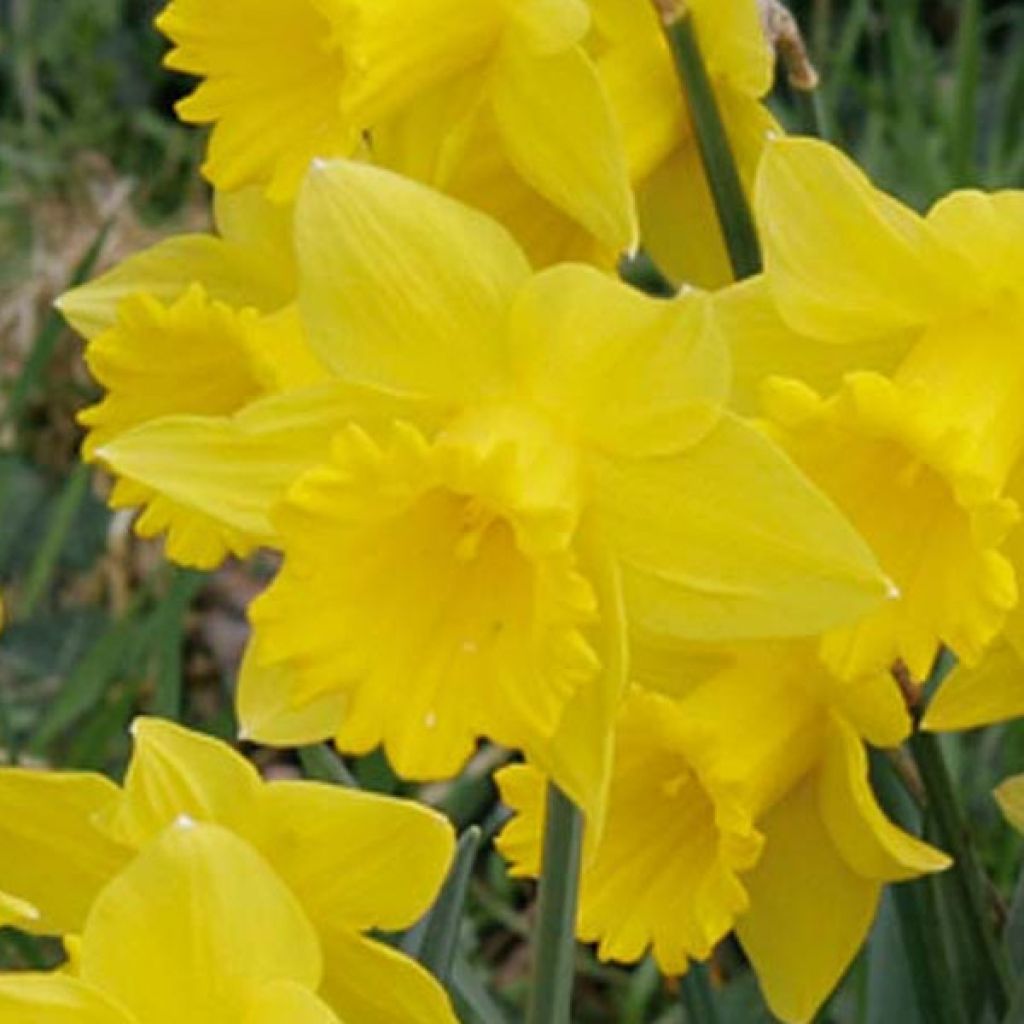

Narcisse Dutch Master
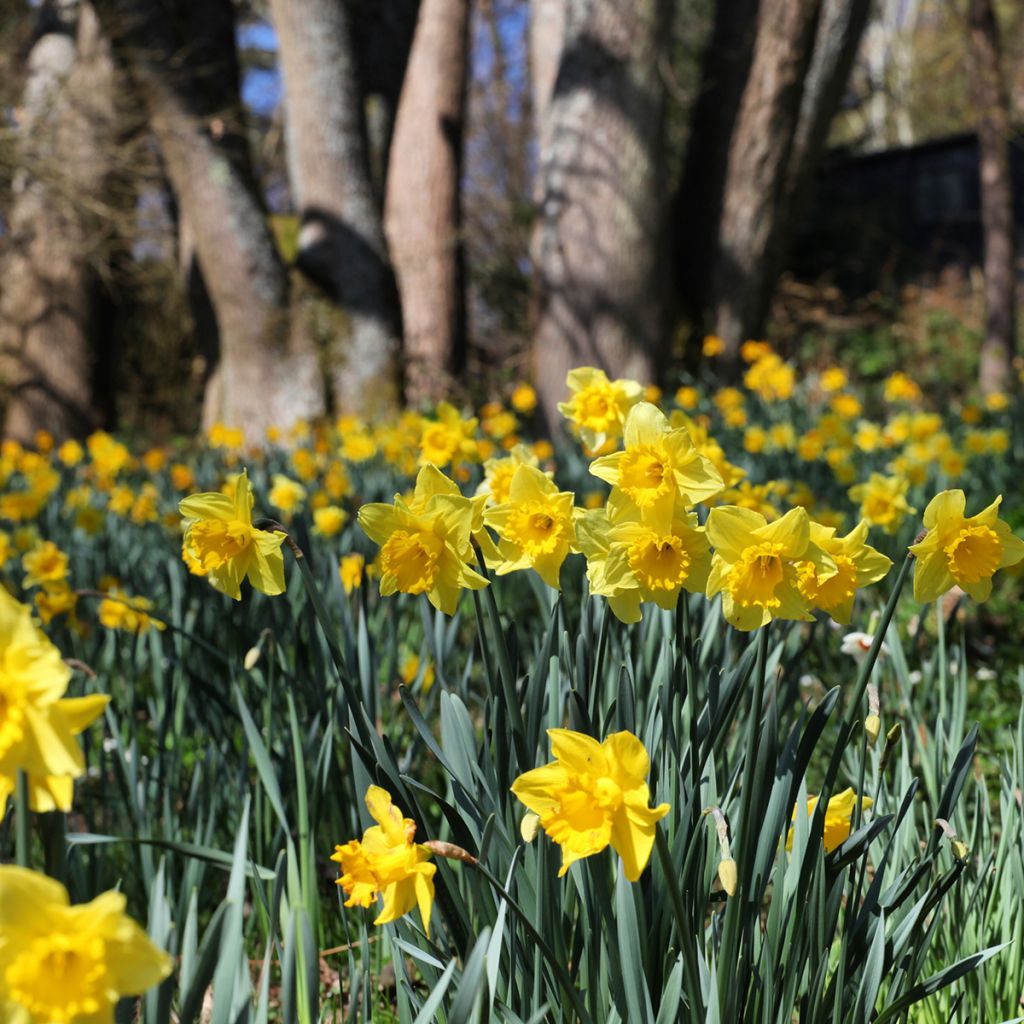

Narcisse Dutch Master
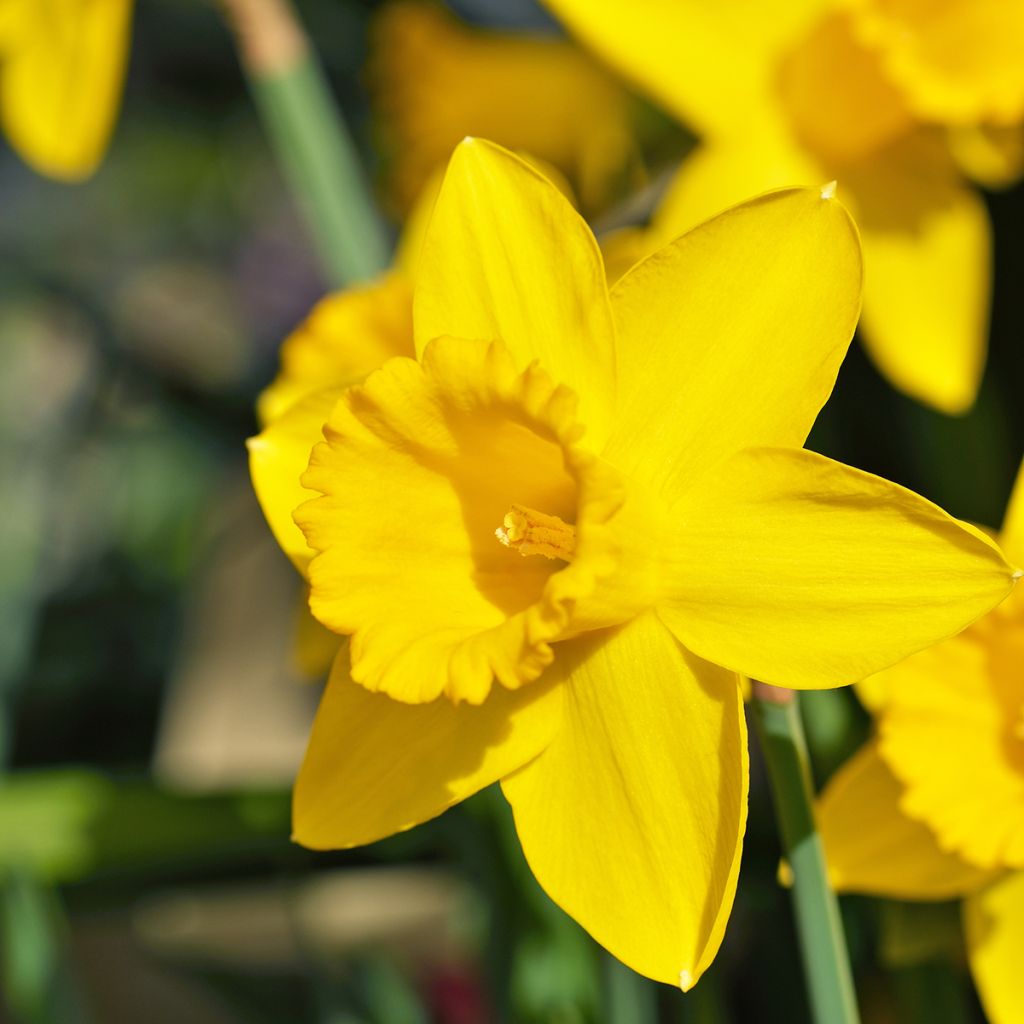

Narcisse Dutch Master
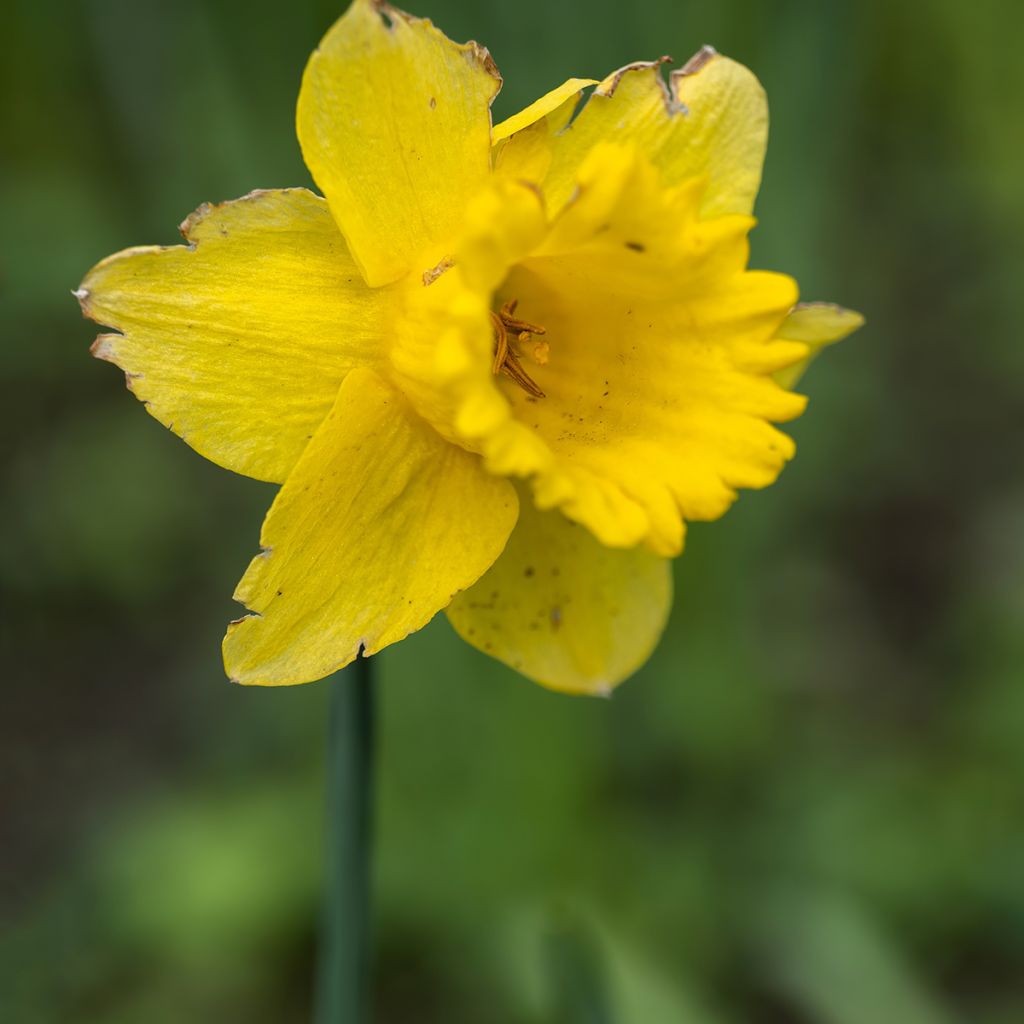

Narcisse Dutch Master
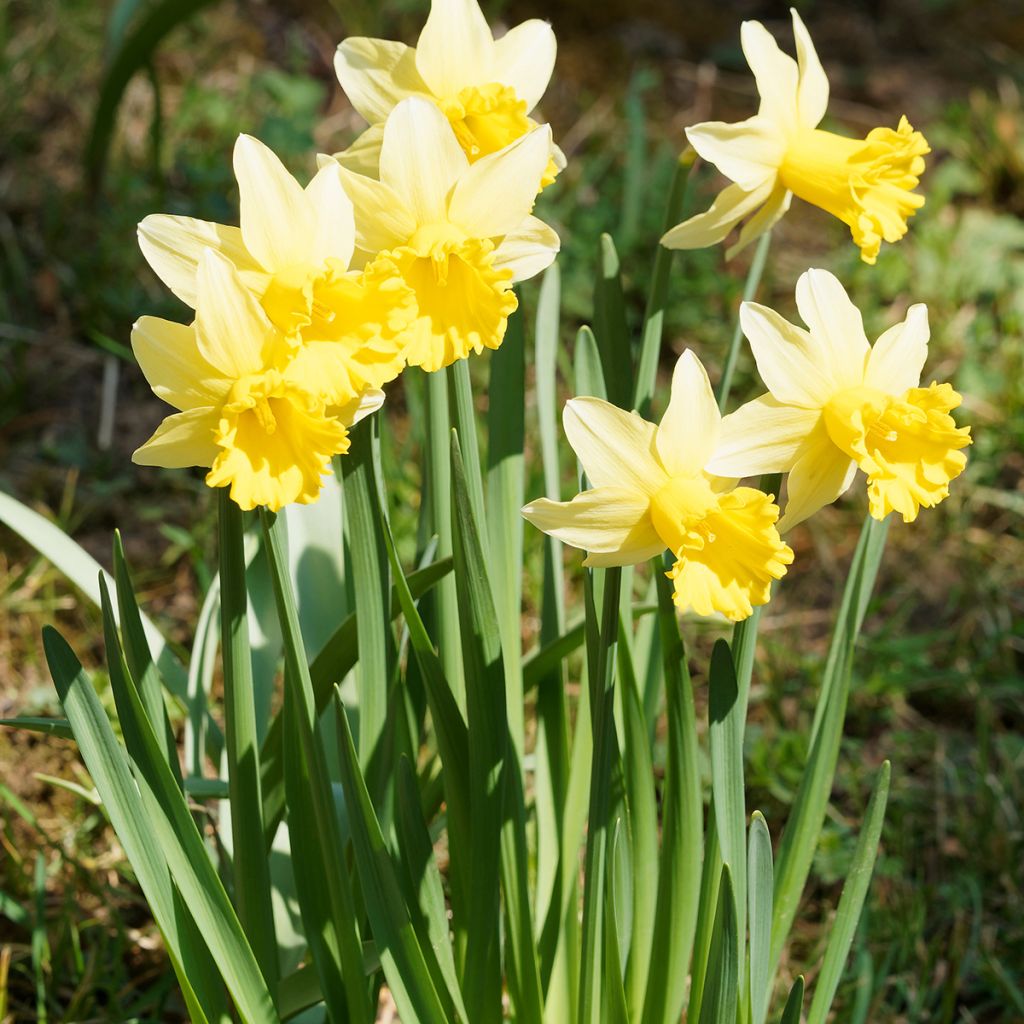

Narcisse Dutch Master
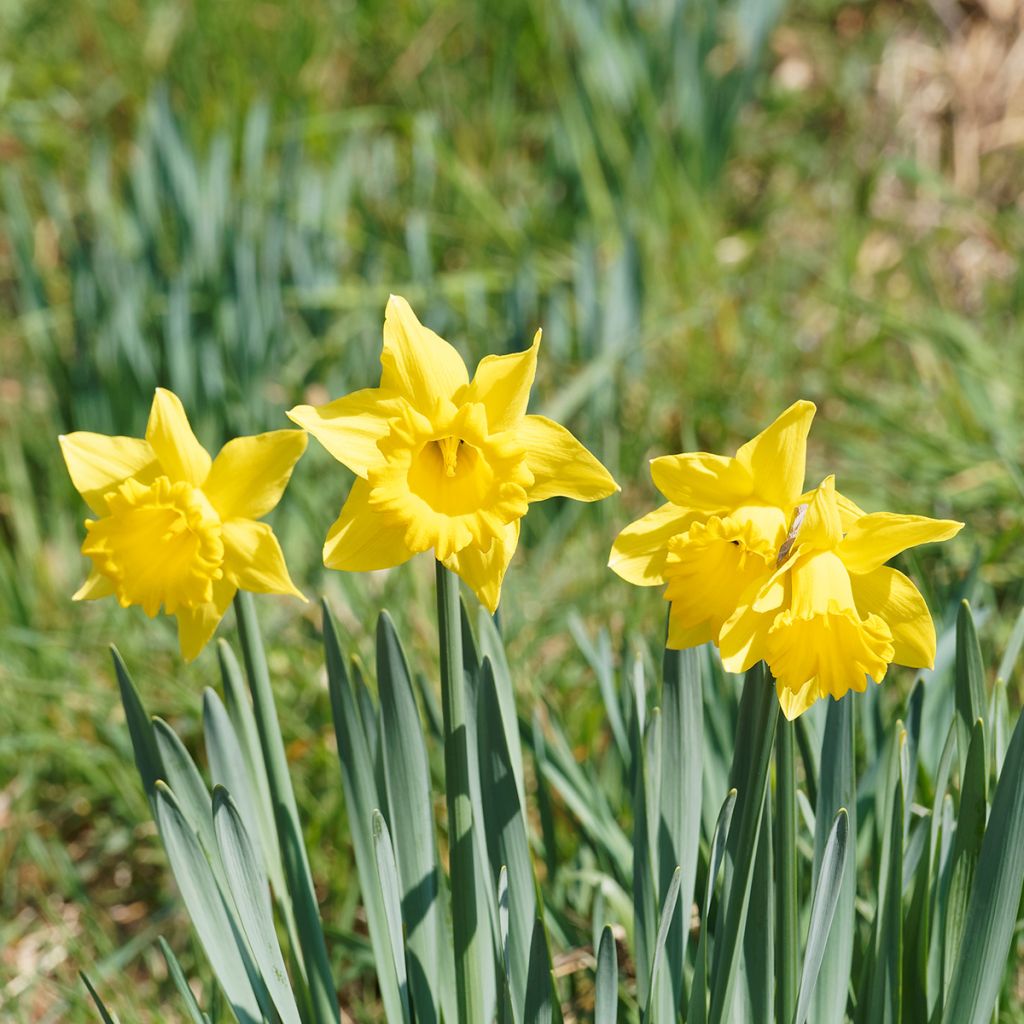

Narcisse Dutch Master
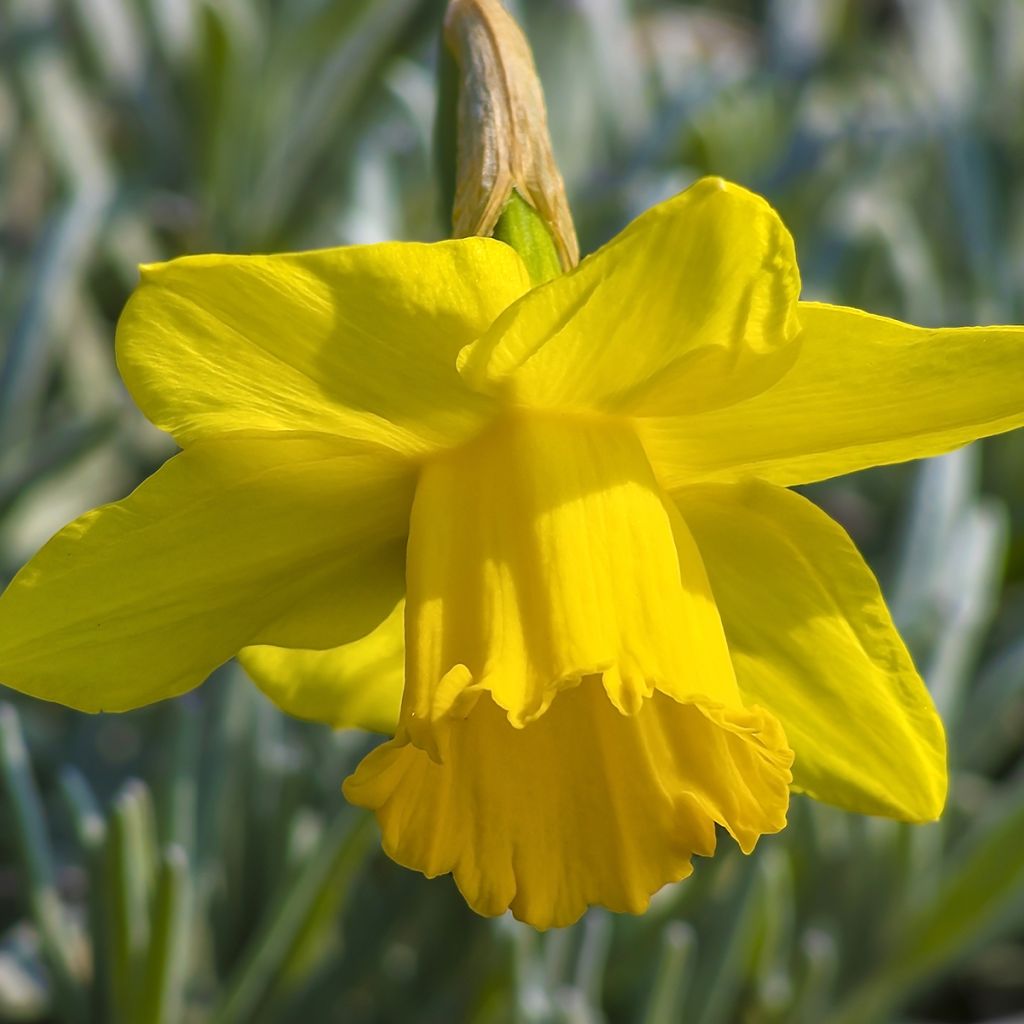

Narcisse Dutch Master
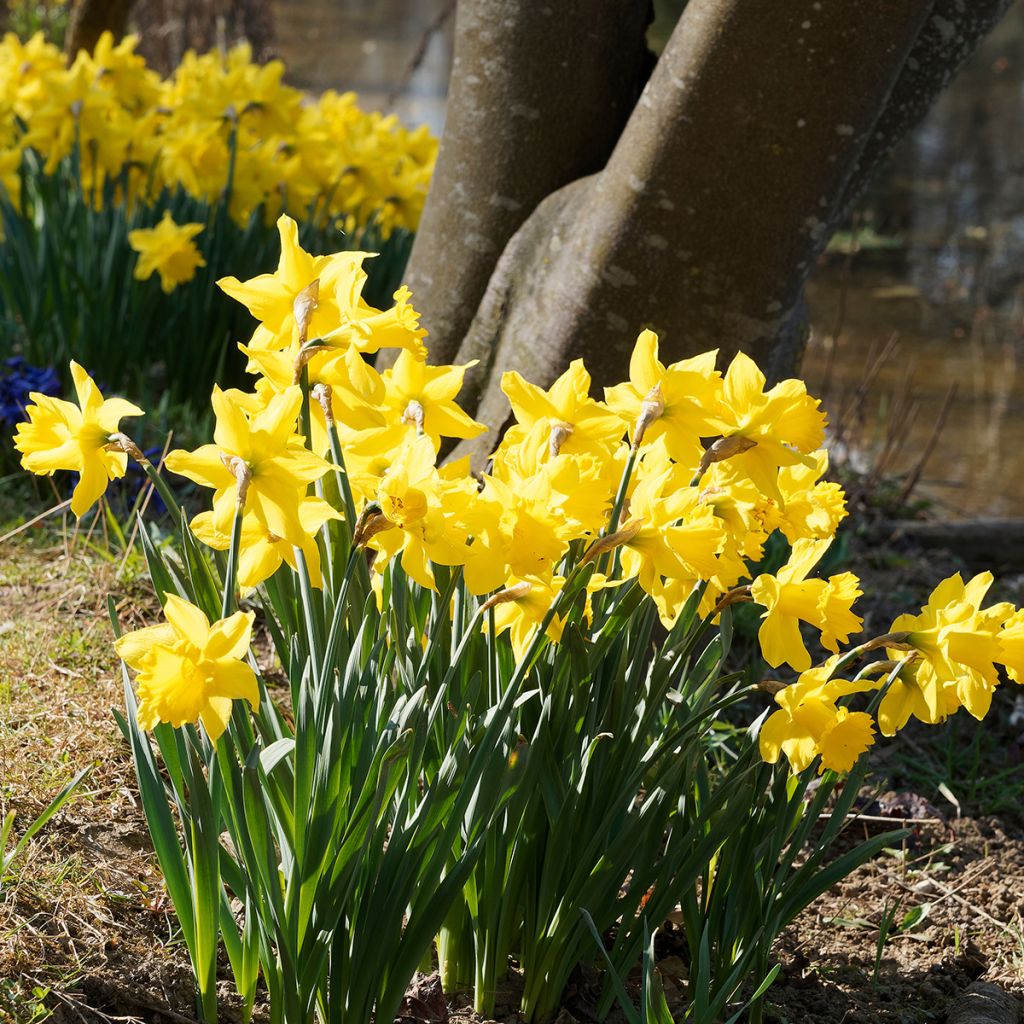

Narcisse Dutch Master
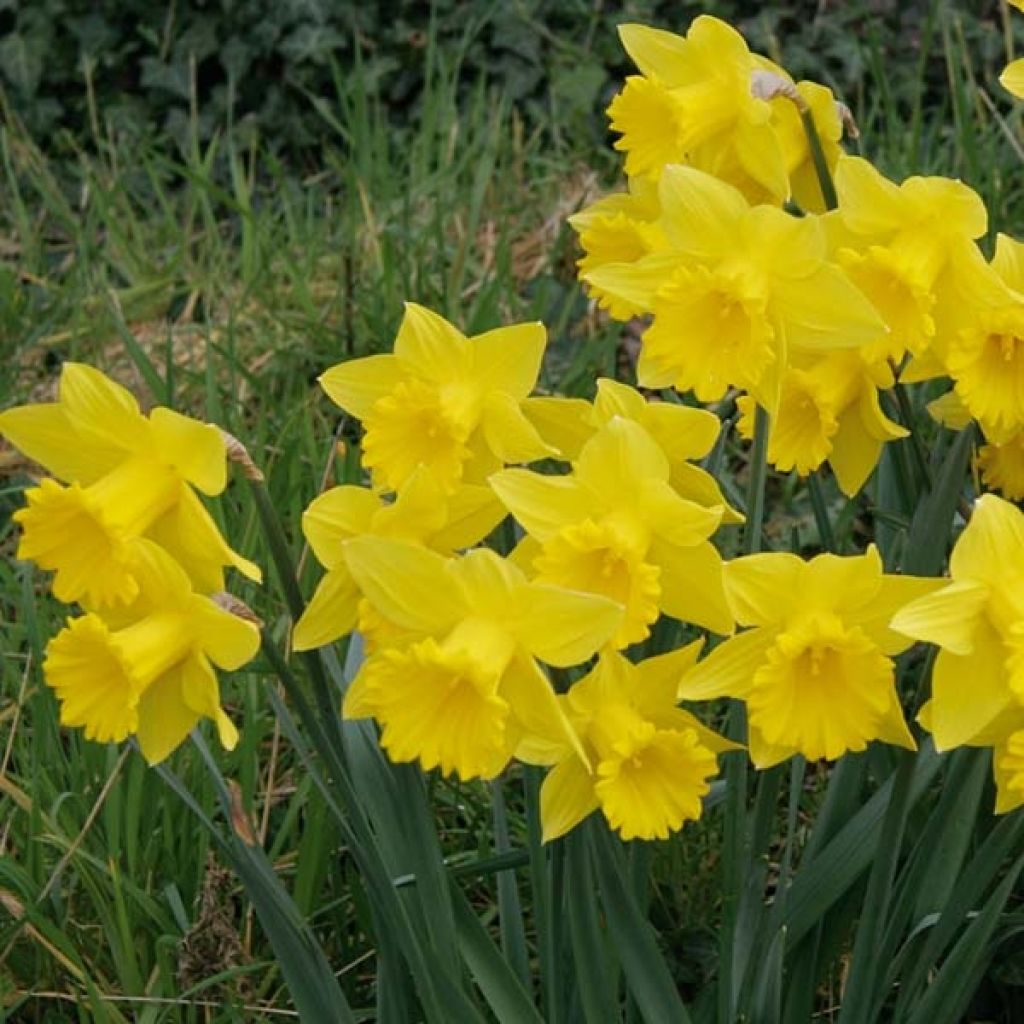

Narcisse Dutch Master
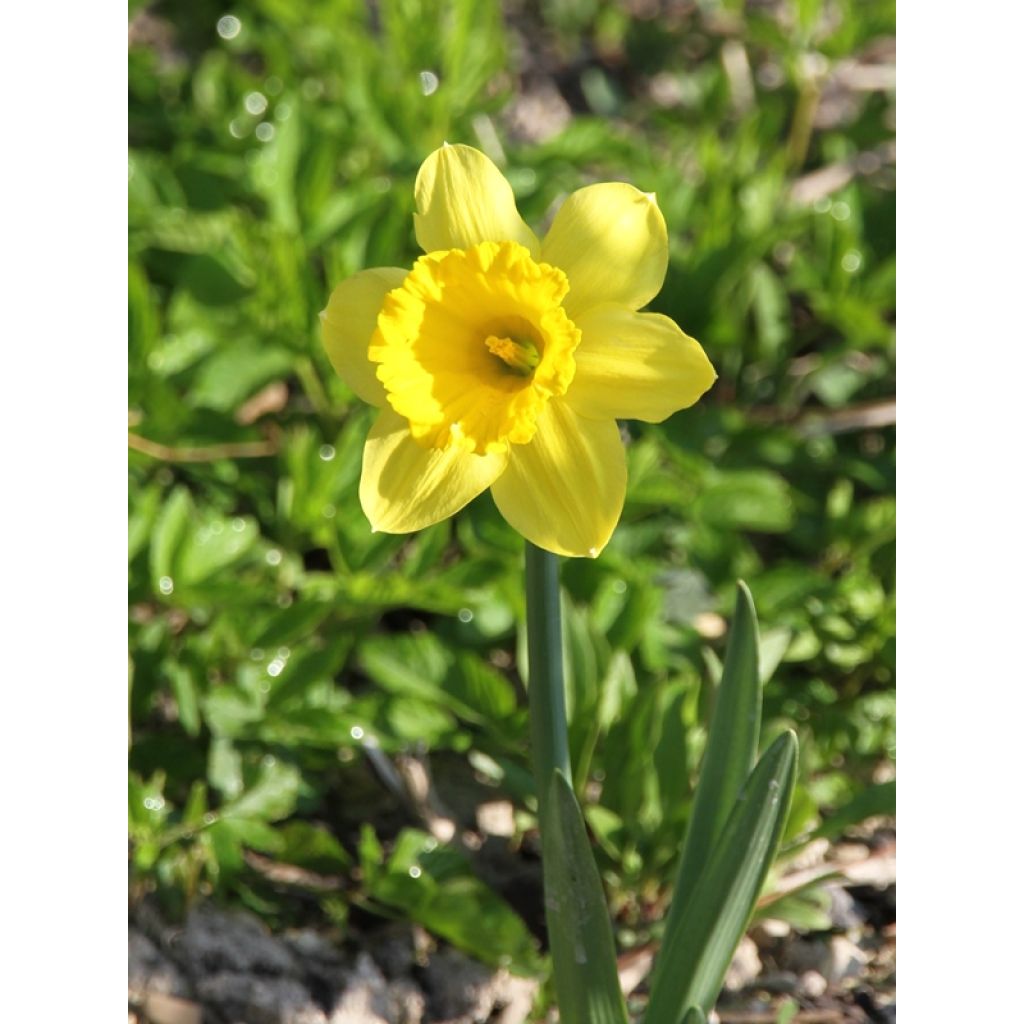

Narcissus 'Dutch Master'
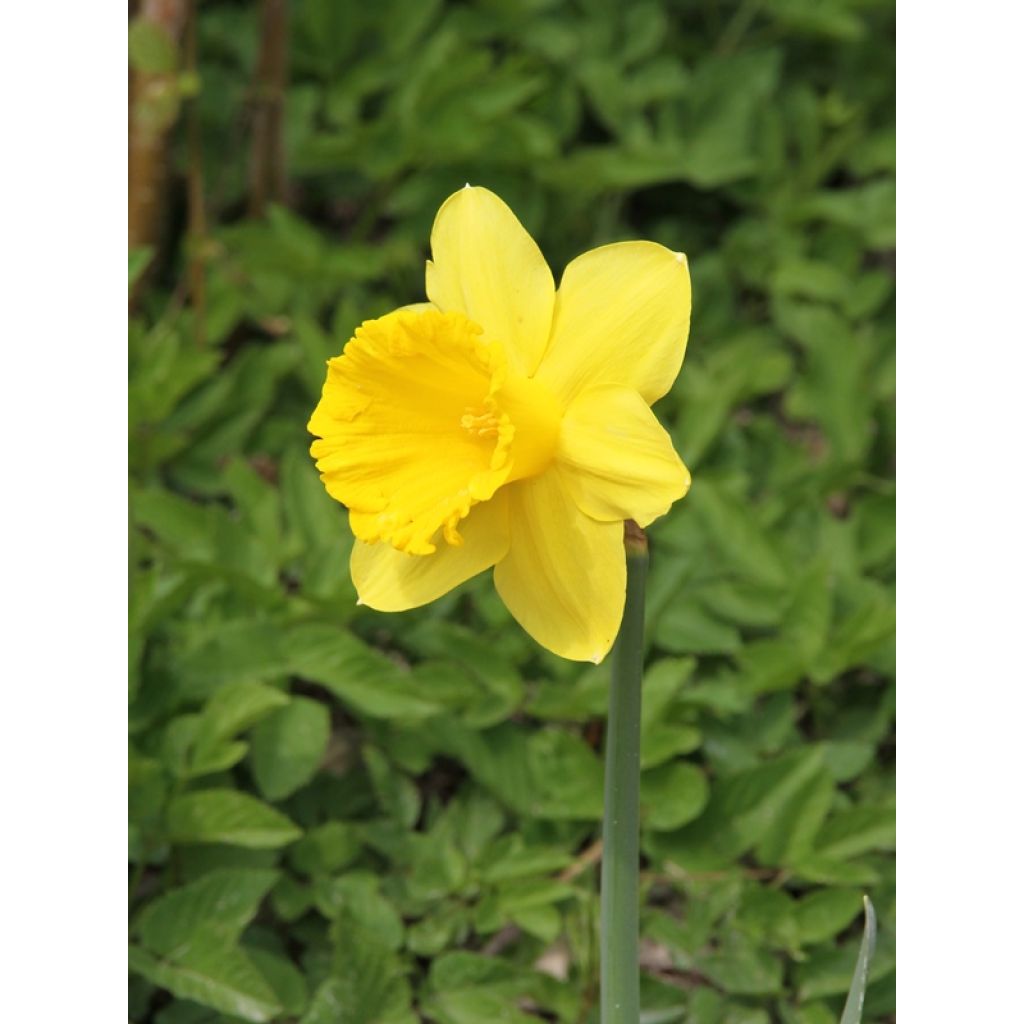

Narcissus 'Dutch Master'
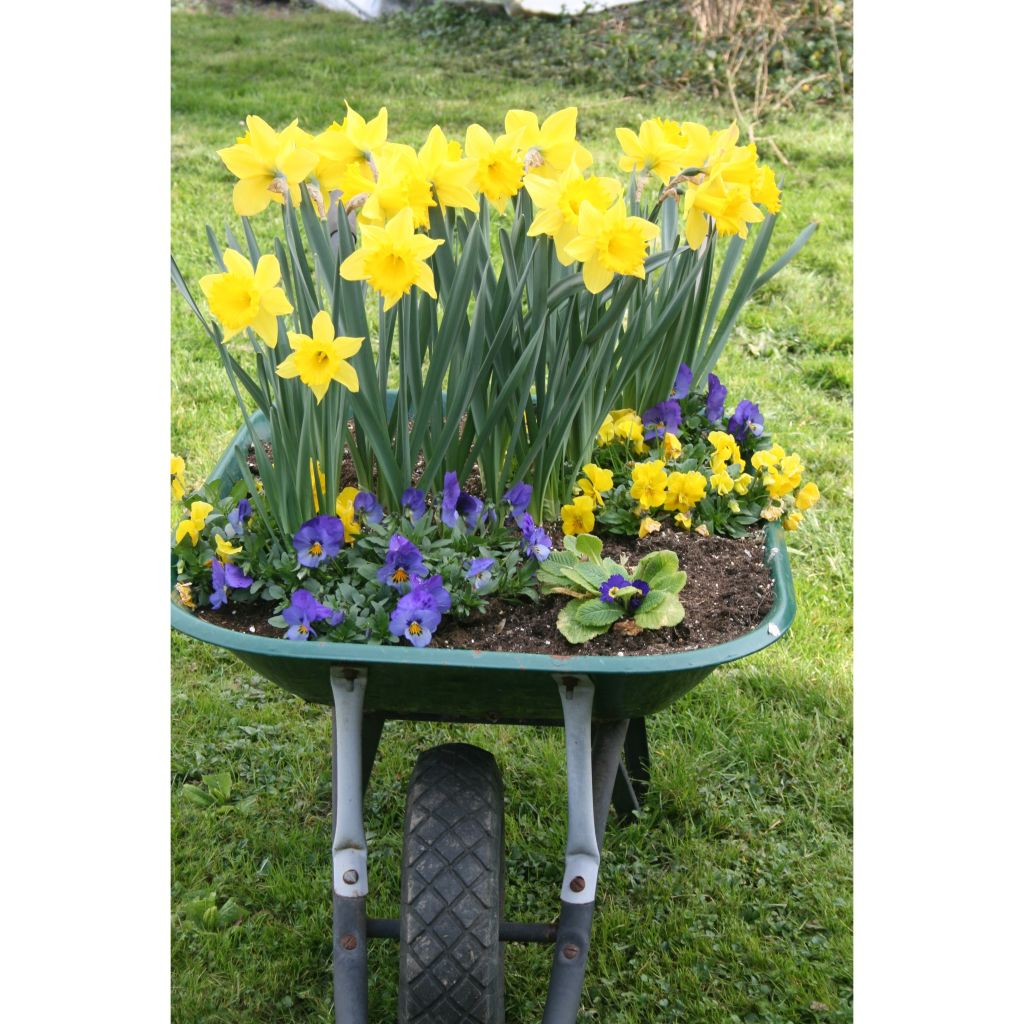

Narcissus 'Dutch Master'
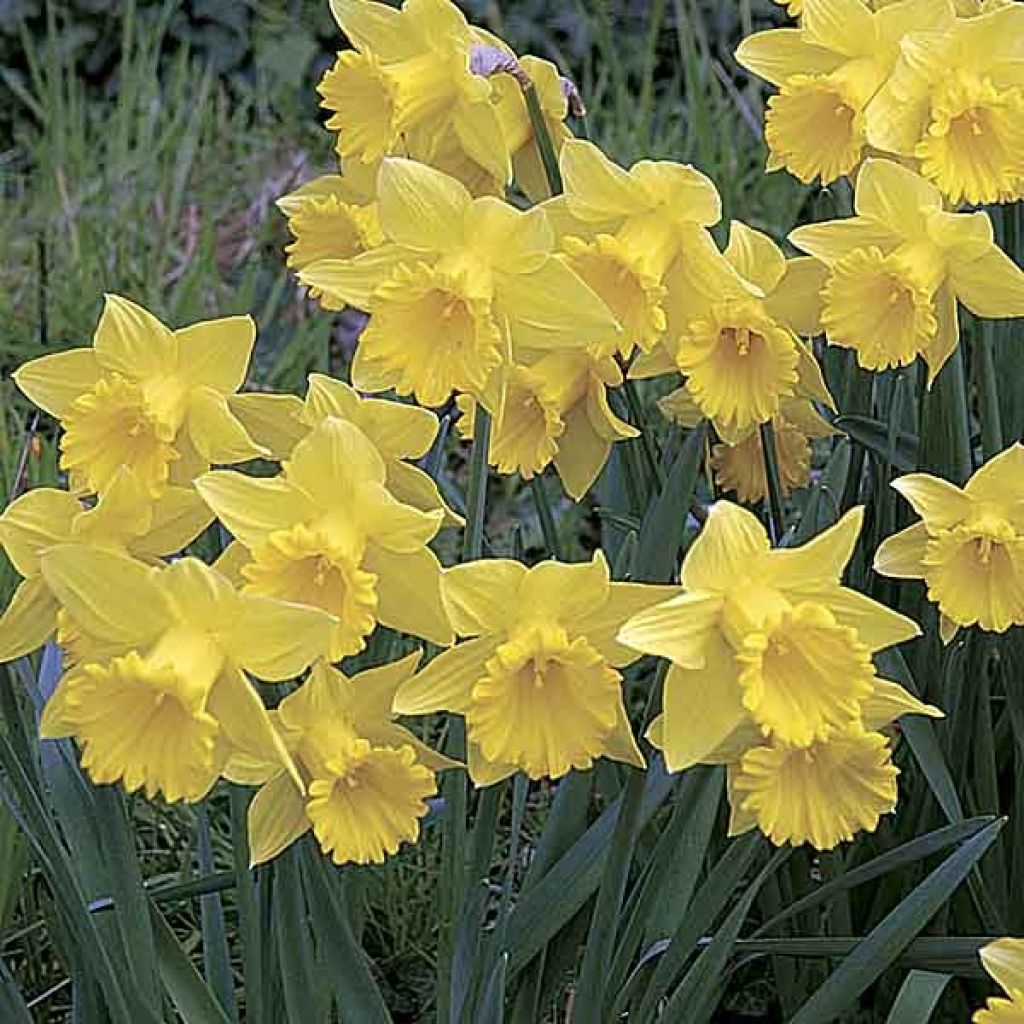

Narcissus 'Dutch Master'
Narcissus 'Dutch Master'
Narcissus Dutch Master
Daffodil, Narcissus
This plant carries a 6 months recovery warranty
More information
We guarantee the quality of our plants for a full growing cycle, and will replace at our expense any plant that fails to recover under normal climatic and planting conditions.
From €5.90 for pickup delivery and €6.90 for home delivery
Express home delivery from €8.90.


Does this plant fit my garden?
Set up your Plantfit profile →
Description
A true timeless classic, the 'Dutch Master' Narcissus is the true daffodil of Easter. Its large golden-yellow flowers display a magnificent flared trumpet of an even more intense yellow, which irresistibly catches the eye against a backdrop of fresh foliage. Faithful and reliable, particularly robust, this variety has proven itself; it is sturdy and multiplies rapidly in the garden, forming beautiful clumps in sunny borders within a few years. With its short and sturdy stem that withstands the wind, it is a superb cut flower and an easy plant to grow.
The 'Dutch Master' Narcissus, registered in the Netherlands in 1948, belongs to the Amaryllidaceae family. This exceptional variety has an impressive track record, including an Award of Garden Merit awarded in 1995 by the Royal Horticultural Society. The Narcissus genus includes around 50 species found mainly in the western Mediterranean, but also in Africa and Asia. The 'Dutch Master' narcissus, like the majority of trumpet daffodils, is the result of cross-breeding between N. poeticus and N. x pseudonarcissus, or even N. incomparabilis. It is an excellent variety that has already proven itself and has given rise to 5 more recent varieties. The plant produces a stout and very sturdy stem that reaches 45cm (18in) in height when in flower, sometimes more. It is an early flowering plant, in March-April, with a large yellow-green flower bud that opens into a magnificent solitary flower, 8cm (3in) wide, with a trumpet that can reach up to 10cm (4in) in length. The flowers have six wide, yellow petal-like tepals. The stamens are inserted into a flared cup-shaped corolla and have plicate edges, of intense and pure golden-yellow colour. The foliage is deciduous, it disappears in summer.
There is such a variety of Narcissus varieties that you can enjoy them for three months in spring without ever getting bored. They have in common the ability to naturalize easily, to come in endless shades of yellow and white, and to often emit sweet fragrances. These are all reasons to grow them in large clumps on the lawn or at the edge of a border (at least 20 bulbs) for a multiplied effect. Combine the 'Dutch Master' narcissus, in wild or romantic borders, with Scillas and hyacinths, accompany them with double tulips but also forget-me-nots, daisies, chamomiles, or liverworts. A group of 'Dutch Master' narcissus in a vase creates a sensational effect. In pots, this narcissus is perfect.
For bouquets: we advise against mixing narcissus with other flowers such as tulips, as the stems contain a substance that causes other flowers to wilt quickly. This adverse effect can be mitigated by dipping the ends of the narcissus stems in hot water for 1 to 2 minutes.
Plant habit
Flowering
Foliage
Botanical data
Narcissus
Dutch Master
Amaryllidaceae
Daffodil, Narcissus
Cultivar or hybrid
Planting and care
Daffodils bloom from March to May and come back every year. Very easy to grow, they adapt well to the shade of a woodland as well as to a sunny flowerbed. Plant them at a depth of 10cm (4in) and spaced 10cm (4in) apart. Group them in minimum clusters of 5 bulbs, in uniform colours or mixed. You can plant them in the short grass meadow. In this case, lift the grass turf, dig and loosen the soil at least 20cm (8in) deep (the depth of a spade). Plant your bulbs, cover with soil and replace the turf. Choose a spot where you won't mow, as it is necessary to let the daffodil leaves wither before cutting them. It is at this moment that the bulb reconstitutes itself and prepares the flowers for the following year. However, remember to cut the flowers as soon as they have withered to prevent seed formation. This would unnecessarily deplete the bulb.
Planting period
Intended location
Care
-
, onOrder confirmed
Reply from on Promesse de fleurs
Haven't found what you were looking for?
Hardiness is the lowest winter temperature a plant can endure without suffering serious damage or even dying. However, hardiness is affected by location (a sheltered area, such as a patio), protection (winter cover) and soil type (hardiness is improved by well-drained soil).

Photo Sharing Terms & Conditions
In order to encourage gardeners to interact and share their experiences, Promesse de fleurs offers various media enabling content to be uploaded onto its Site - in particular via the ‘Photo sharing’ module.
The User agrees to refrain from:
- Posting any content that is illegal, prejudicial, insulting, racist, inciteful to hatred, revisionist, contrary to public decency, that infringes on privacy or on the privacy rights of third parties, in particular the publicity rights of persons and goods, intellectual property rights, or the right to privacy.
- Submitting content on behalf of a third party;
- Impersonate the identity of a third party and/or publish any personal information about a third party;
In general, the User undertakes to refrain from any unethical behaviour.
All Content (in particular text, comments, files, images, photos, videos, creative works, etc.), which may be subject to property or intellectual property rights, image or other private rights, shall remain the property of the User, subject to the limited rights granted by the terms of the licence granted by Promesse de fleurs as stated below. Users are at liberty to publish or not to publish such Content on the Site, notably via the ‘Photo Sharing’ facility, and accept that this Content shall be made public and freely accessible, notably on the Internet.
Users further acknowledge, undertake to have ,and guarantee that they hold all necessary rights and permissions to publish such material on the Site, in particular with regard to the legislation in force pertaining to any privacy, property, intellectual property, image, or contractual rights, or rights of any other nature. By publishing such Content on the Site, Users acknowledge accepting full liability as publishers of the Content within the meaning of the law, and grant Promesse de fleurs, free of charge, an inclusive, worldwide licence for the said Content for the entire duration of its publication, including all reproduction, representation, up/downloading, displaying, performing, transmission, and storage rights.
Users also grant permission for their name to be linked to the Content and accept that this link may not always be made available.
By engaging in posting material, Users consent to their Content becoming automatically accessible on the Internet, in particular on other sites and/or blogs and/or web pages of the Promesse de fleurs site, including in particular social pages and the Promesse de fleurs catalogue.
Users may secure the removal of entrusted content free of charge by issuing a simple request via our contact form.



































